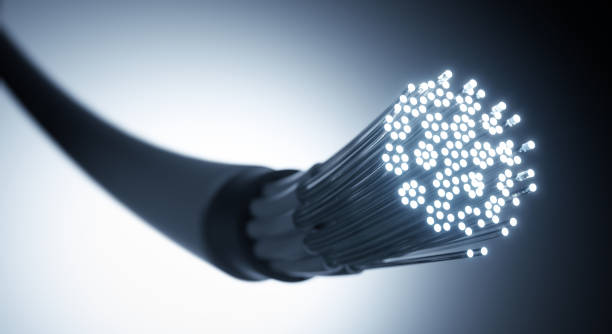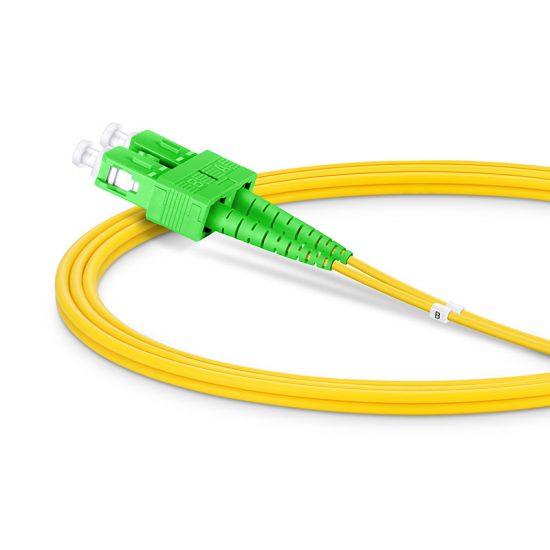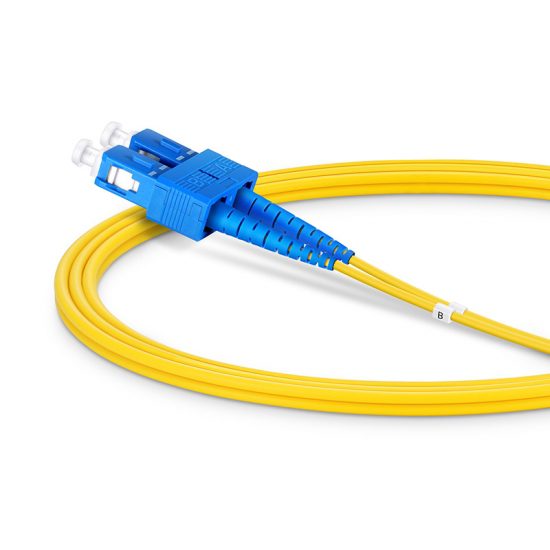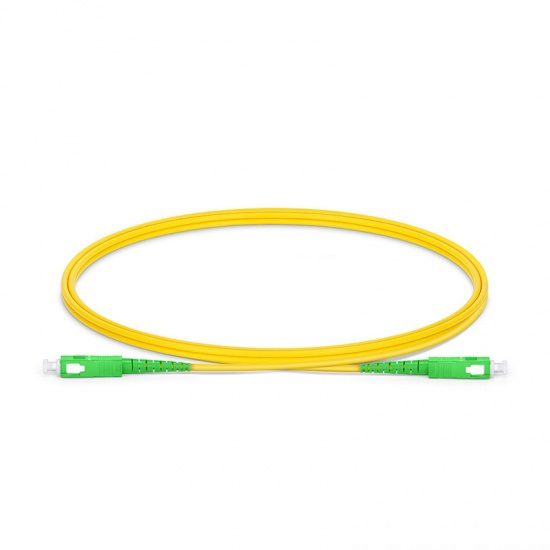As we all know fiber optics are capable of carrying a significantly greater quantity of data at significantly higher transfer rates, they are essential to the operation of seamless Internet connections and effective data transfer. Fiber optics will become increasingly important as the number of individuals who work from homes and rely on various forms of communication increases. But before we can do that, we need an understanding of the fundamentals, such as what fiber optics is. How is it utilized and produced, exactly? Well Let us find out all about it.
What Is Fiber Optics ?
The term “fiber optics” refers to the technique that sends information in the form of pulses of light along a fiberglass or plastic fiber. It is also known as “optical fiber.” It is the study of sending information, including sound and images, by allowing light to travel through fibers that are very thin and transparent. Fiber optic innovation has totally replaced copper wire in lengthy telephone lines, and it is also used to computer networks within regional networks.
The fiberscopes used during endoscopy, which visually examines the inside of structural items and human body parts, are similarly based on fiber optics. The number of glass fibers in a fiber optic cable varies depending on its length. The glass covering that encircles the core is known as cladding. The cladding is shielded by the buffer tubing layer, while the jacket layer serves as the final barrier.
Standard glass optical fiber diameter is 0.125 millimeters (m) (0.005 inch). This measurement is the outer reflecting layer’s circumference. The core, or inner transmitting cylinder, may have a 10-micrometer diameter.
Light rays sent further into fiber can propagate through the core for long distances without attenuation. Total internal reflection describes this. Distance-related light loss varies by wavelength and fiber composition.
How It Works?
Photons carry data across fiber optic cables. Photons pulse along the cable. Both the core and cladding of a glass fiber have a refractive index that bends light when it enters at a certain angle.
Total internal reflection is the process by which light signals moving throughout a fiber optic cable rebound off the cladding and core in zigzag patterns. Due to thick glass layers, light signals move at a pace that is slower than the light’s speed.
Repeaters at great distances are often needed to refresh or reinforce a fiber optic signal as it travels. These repeaters transform the optical signal to an electrical signal, process it, and then retransmit it. Fiber optic links can carry 10 Gbps signals. Fiber optic cable cost increases as its data-carrying capability increases.
Who Invented Fiber optics?
Kuen Chuck Kao is known as the “father of fiber optic communications” due of his 1960s discovery of glass’s physical properties, which enabled fast data transfer in the Information Age. Before Kao’s study, glass fibers were regarded to be poor information conductors due to light scattering. Kao concluded that bundles of thin fibers might replace copper cables for telecommunication with negligible signal attenuation provided the glass was cleaned.
Where Is Fiber Optic Used ?
Some of the Popular fiber optic uses include:
- Internet
High-speed fiber optic connections send data everywhere around the globe. Internet cables employ this technology. Compared to copper wires, the fiber optic cables are more lightweight, flexible, and compact and easy to use as compared to other data transmitting wires.
- Telephone
In-country and international calls have never been easier. Fiber optic connectivity allows speedier connections and lag-free conversations with pals.
- LAN
Fiber optic connections speed up networking within a building or between buildings. Transferring files and information across networks is faster.
- Surgery/Dentistry
Medicine and research use fiber optic lines extensively. Endoscopy uses optical communication for non-invasive surgery By illuminating the operation spot within the body with a small powerful light, both the number of incisions required and their size can be minimized
- Decorative lighting
Fiber optics have also gained popularity in decorative lighting. Fiber optic cables make lighting projects straightforward, affordable, and appealing. They’re used to light decorations and Christmas trees.
- Checks
Checking hard-to-reach regions with fiber optic lines is common.
- Defense And Space
Fiber optic connections offer the highest level of data security for military and aerospace applications.
- Automakers
The lighting system in a vehicle cannot function properly without fiber optic wires. They are utilized for both the interior and exterior illumination of the car. Fiber optics are being used in an increasing number of autos since they take up less space and produce superior lighting. Connections made with fiber optics allow for a swift transmission of signals between vehicle components.
Is Fiber Optic A Better Option ?
Here are some of the advantages that make fiber optics the superior choice:
- Fiber optics can transfer data far more quickly than conventional wires
Fiber optics offers data transfer speeds that are significantly quicker than those of conventional wire communications. Transmission speeds of up to 100 Gbps are possible through fiber optic lines, which is significantly higher than those of standard connections (around 30 Gbps). Because of this increase in speed, you are now able to transfer data across devices at a far faster rate, which can be of great assistance.
- Fiber optics are damage-resistant
Fiber optic cables are stronger than ordinary wires. Fibers produced from glass or plastic are exceedingly robust. Heavy traffic and poor weather are less likely to destroy them.
- Cloud Direct
Fiber optic lines provide cloud access Without using a router, you are able to link your electronic devices straight to the internet.. This can be a big advantage if you need to transport large amounts of data quickly, as it bypasses any potential bottleneck that might occur with a cable connection. Installing and maintaining them is easy.
- Fiber optic cables are easier to build and maintain than wires.
Installation requires no specific equipment or abilities. Fiber optic cables are less likely to experience signal loss or interference, so you can maintain high data transfer speeds.




